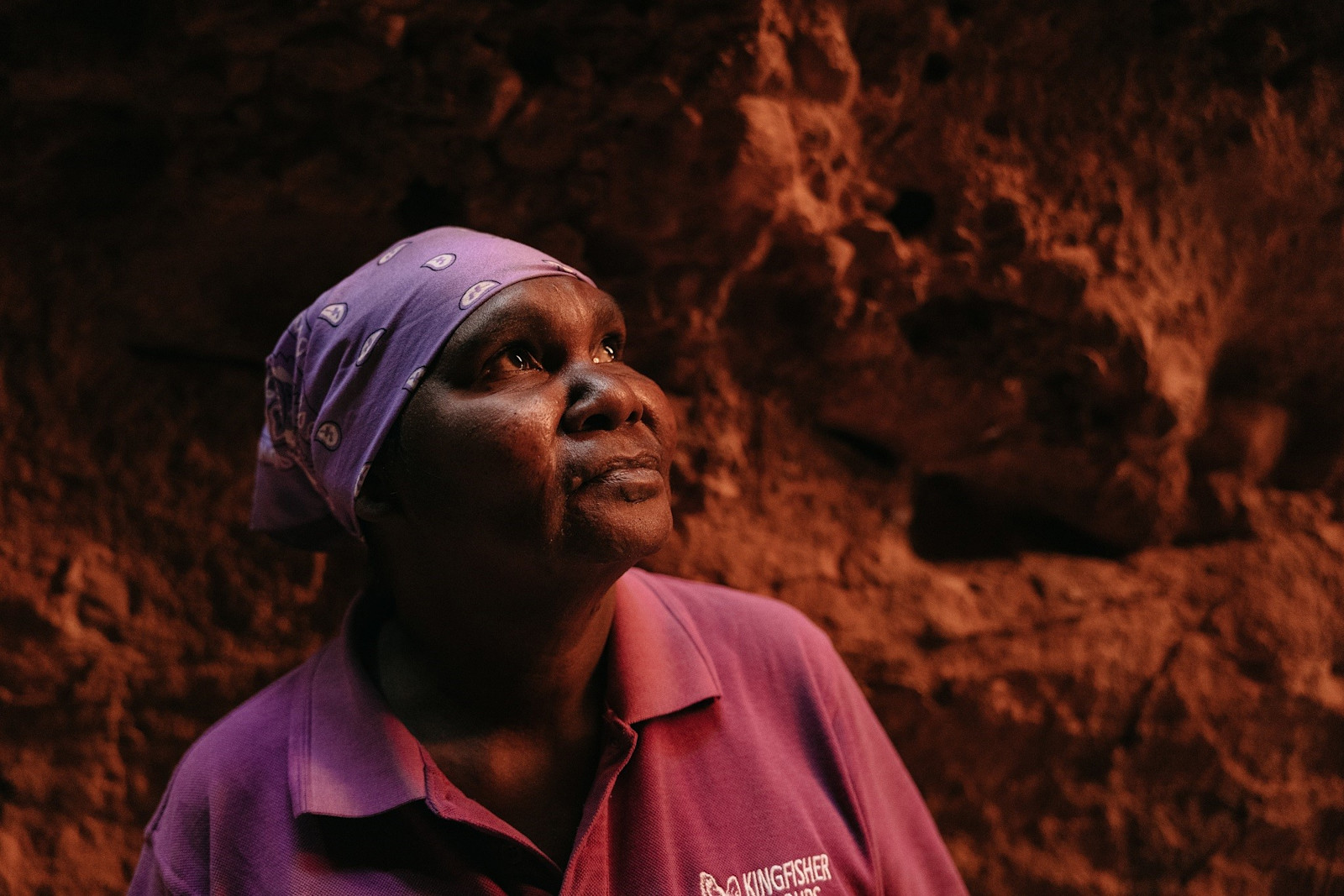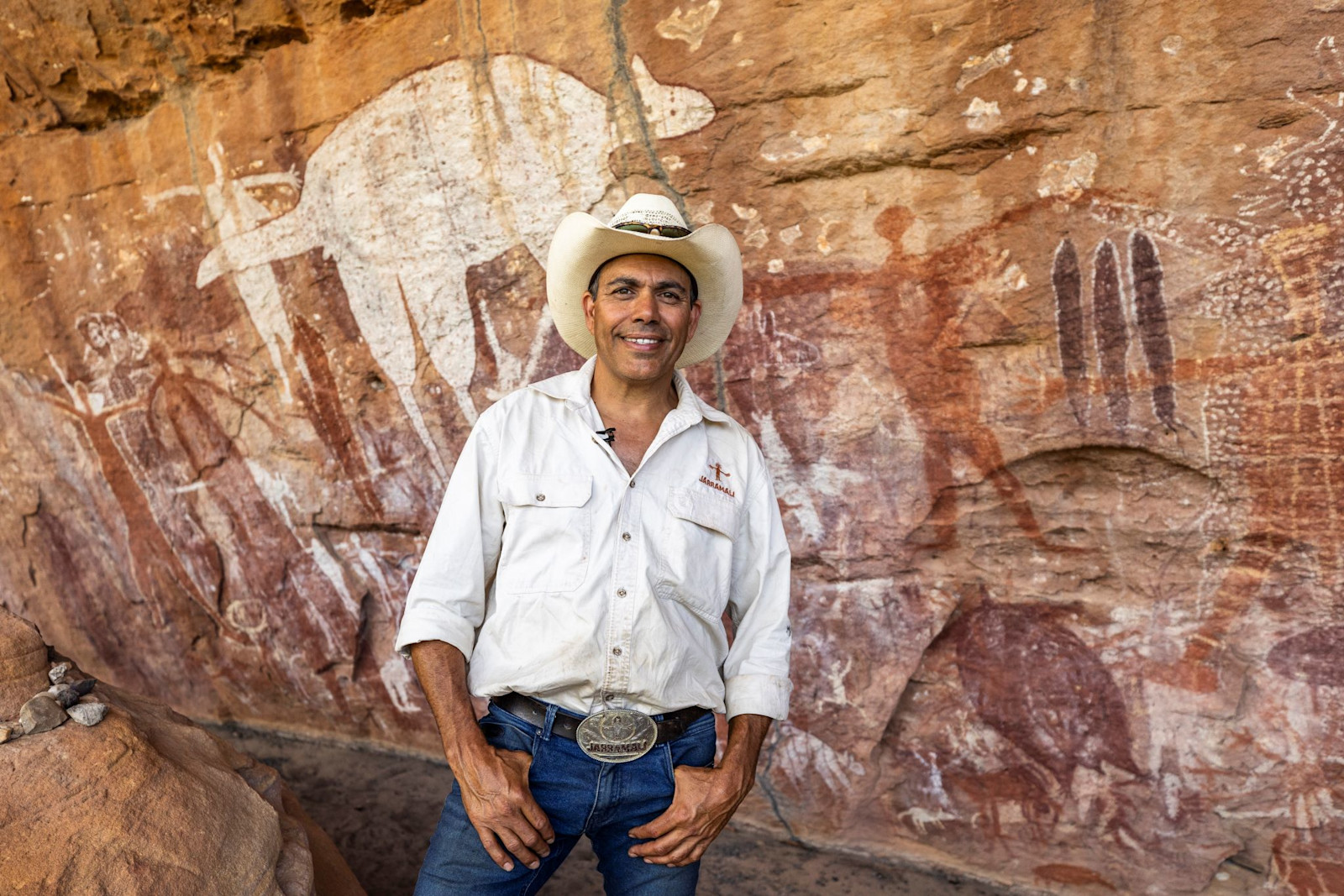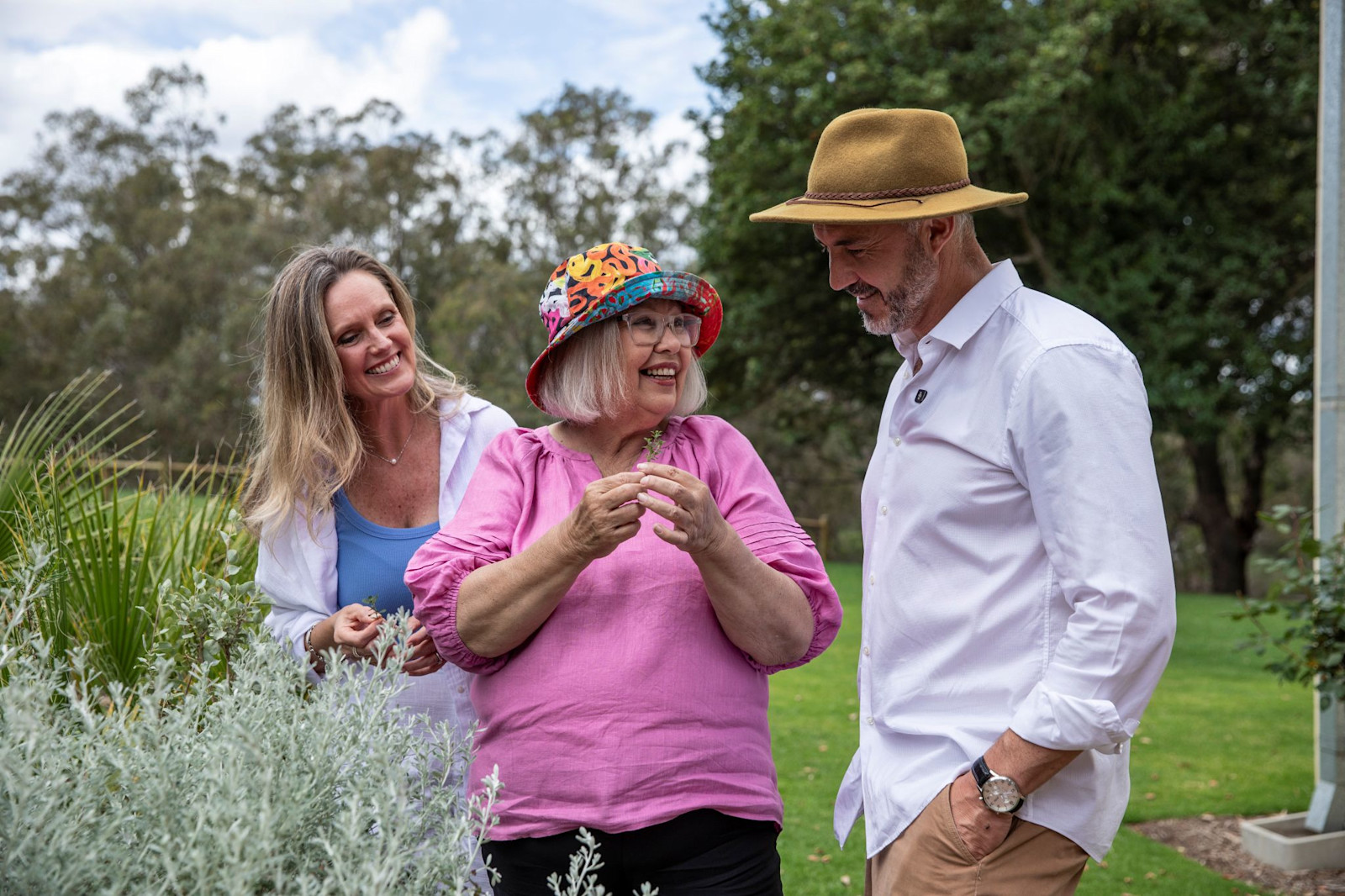4 surprising facts about Aboriginal travel experiences
Australia is home to some of the world’s most outstanding Indigenous tourism experiences, but many are still relatively unknown to travellers, at home and abroad.
Lingering myths, misconceptions and even a simple lack of familiarity hold people back from embracing our incredible suite of Indigenous travel experiences. Lean in, try something new and discover that the still-rare cultural exchange offered by Aboriginal travel isn’t necessarily what you think it is.
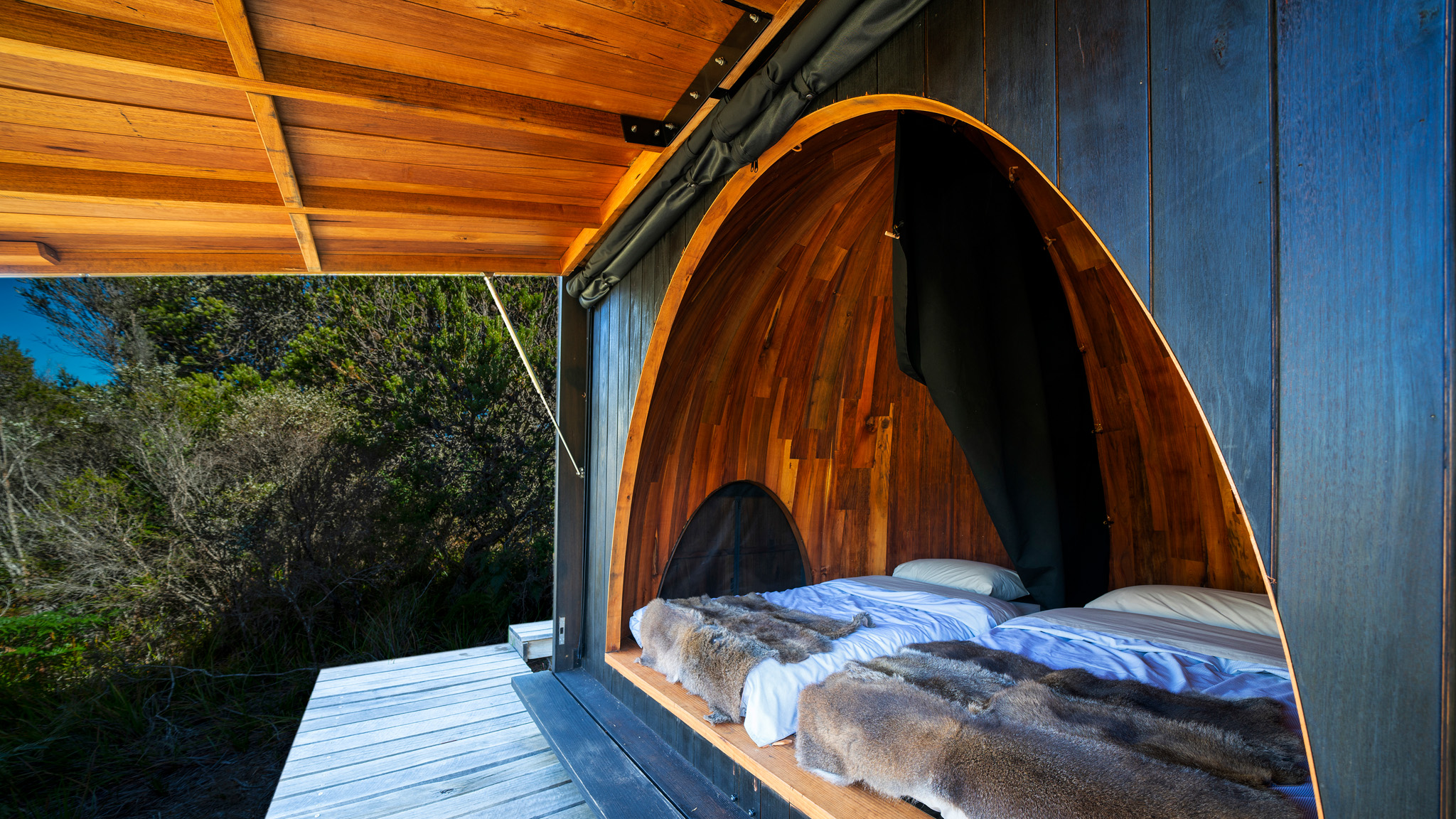
wukalina walk, Bay of Fires, TAS © Rob Burnett
You don’t have to rough it
There’s a misconception that overnight Aboriginal experiences mean back-to-basics digs. In fact, you can be immersed in genuine cultural enrichment while still coveting comfort. After hiking through the Bay of Fires/larapuna on the wukalina Walk in Tasmania/lutruwita, snuggle in beneath dome-shaped huts crafted from native blackwood, which have an arresting, architectural aesthetic. At Uluru, the luxury Sails in the Desert hotel, run by Aboriginal-owned Voyages Indigenous Tourism Australia, intertwines Anangu culture with premium amenities such as a day spa and tree-rimmed pool. In South Australia’s Ikara-Flinders Ranges National Park, Wilpena Pound Resort delivers glamping-style safari tents as well as simple hotel rooms, all encircled by an 800-million-year-old natural amphitheatre.
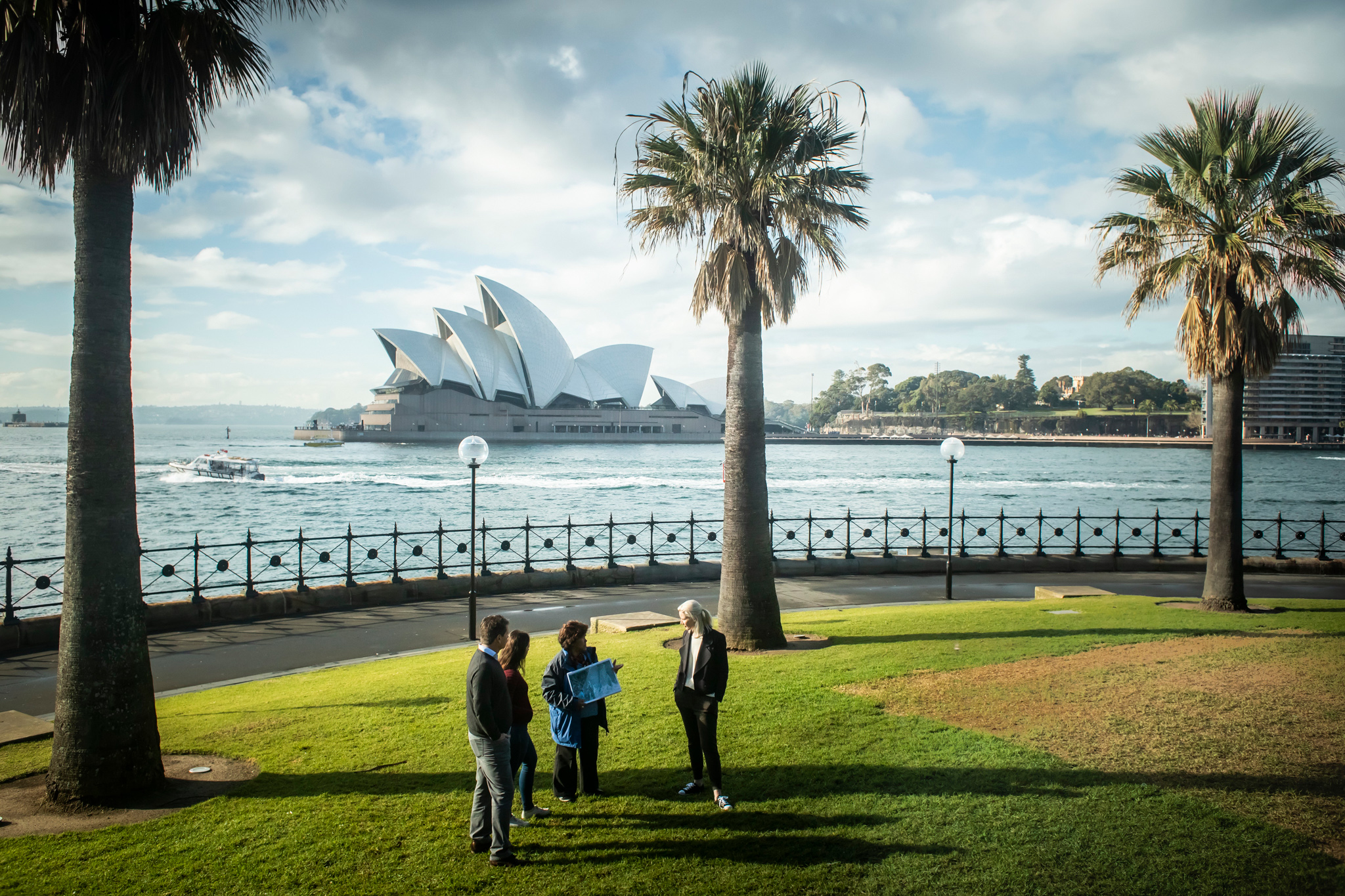
Dreamtime Southern X, Sydney/Warrane, NSW © Tourism Australia
Culture lives in capital cities, too
The outback isn’t the only place to connect with Australia’s Indigenous cultures. Aboriginal peoples have lived in the places where our major cities now stand for tens of thousands of years, and even though the natural landscapes of those areas has changed somewhat, their connection to Country remains as strong as ever. Invoke your own bond to this rich heritage on a walkabout through The Rocks in Sydney/Warrane with Dreamtime Southern X, or on an Aboriginal Heritage Walk in the Royal Botanic Gardens Melbourne, a significant cultural site for the Eastern Kulin nation. You’ll see that despite layers of concrete and glass, stories remain and wisdom lives on, shared in sight of Sydney Harbour and the Melbourne/Narrm skyline.
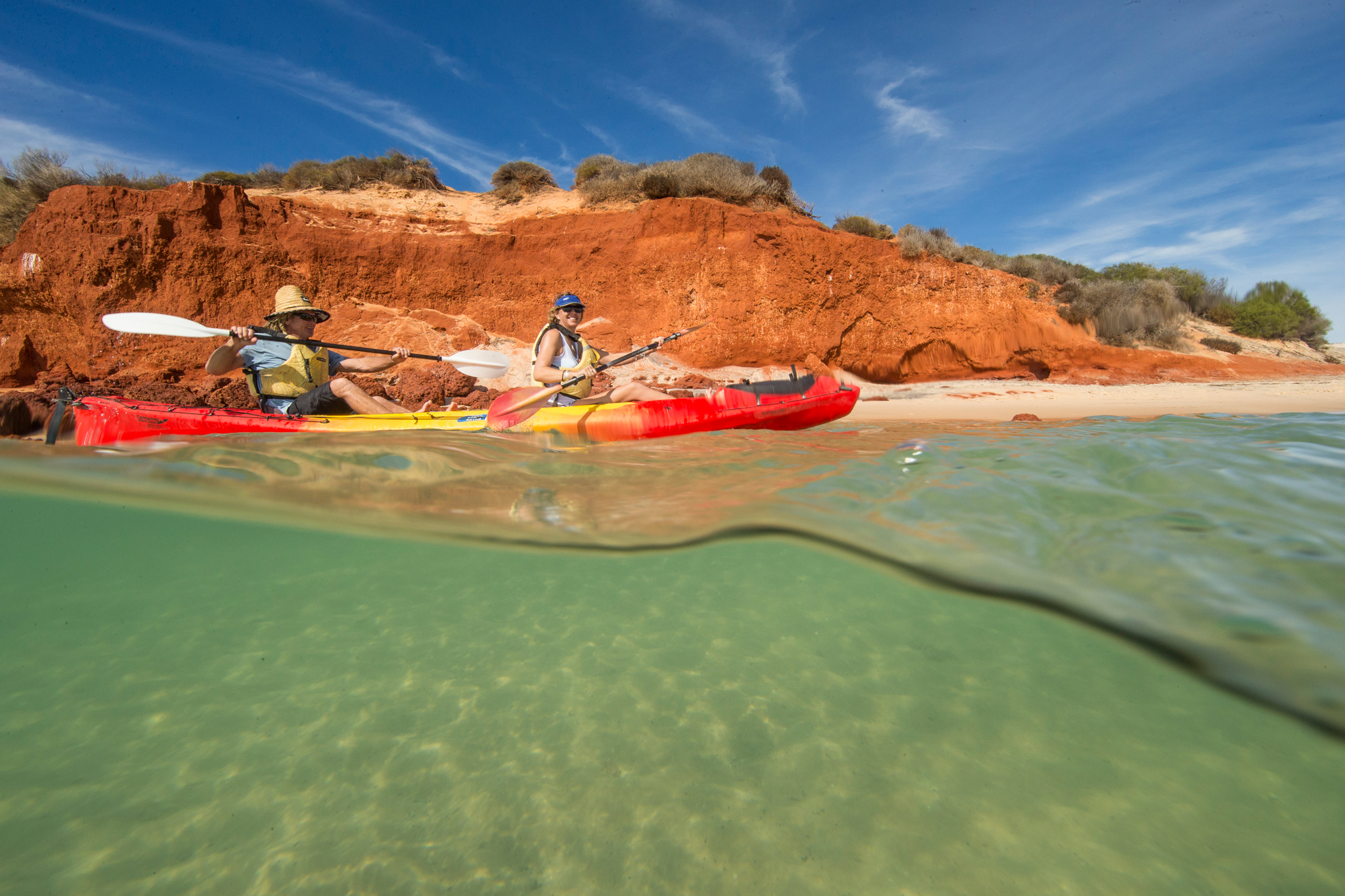
Wula Gura Nyinda Eco Cultural Adventures, Shark Bay, WA © Tourism Australia
Aboriginal culture is on the ocean, as well as in the desert
Few people would associate the Great Barrier Reef with Aboriginal cultures. But it’s there, amongst the coral and tropical fish. Indigenous Sea Rangers travelling aboard Dreamtime Dive & Snorkel's boat unveil this aquatic environment’s Indigenous Creation story, allowing you to see far beyond the view in your snorkel mask. In Western Australia’s equally captivating Shark Bay World Heritage Area, Wula Gura Nyinda Eco Cultural Adventures’ tours use kayaks and stand-up paddleboards to coast over dugongs and turtles while sharing Aboriginal heritage.
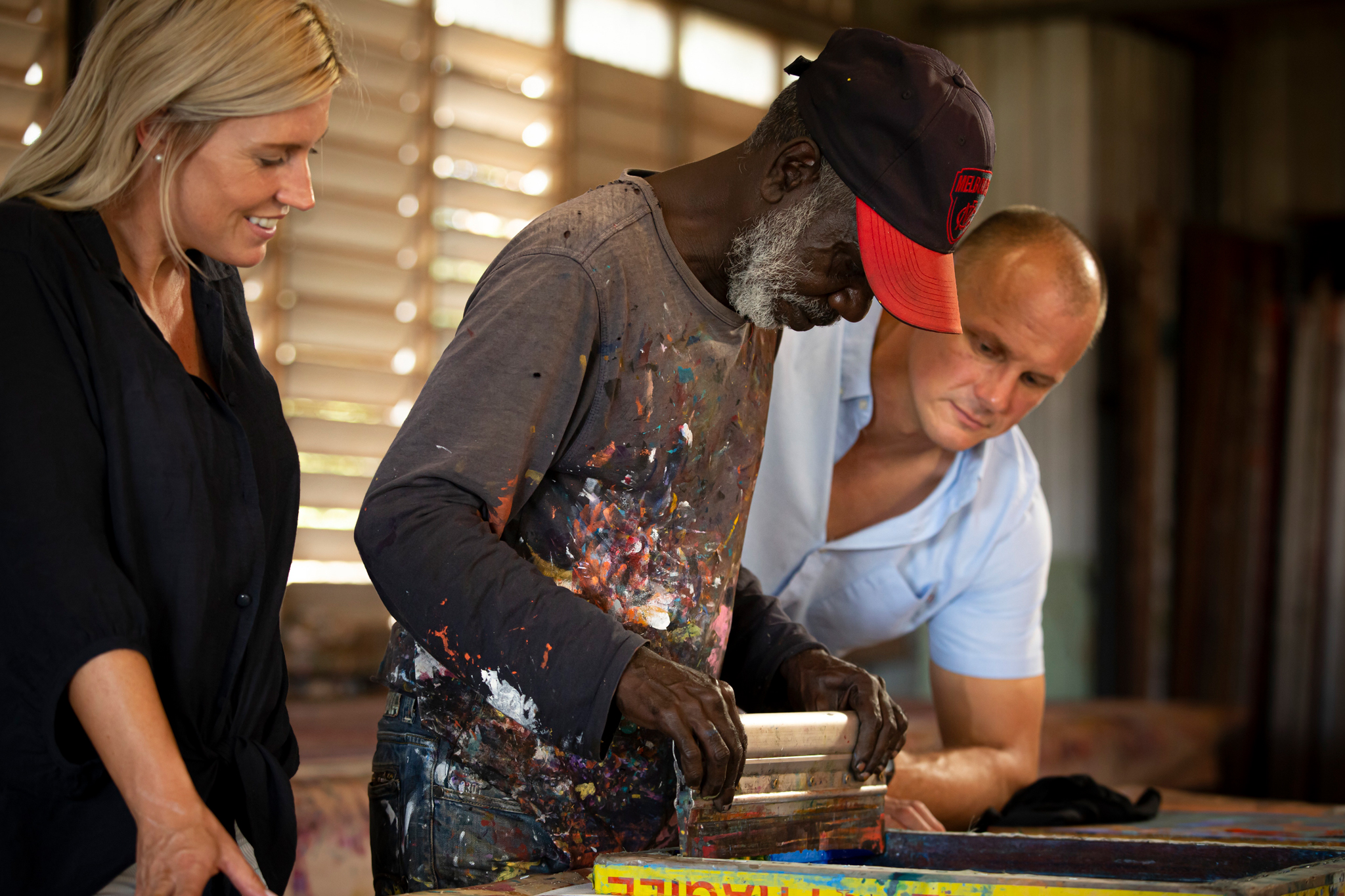
SeaLink NT, Tiwi Islands, NT © Tourism Australia
Not all art is on canvas
Aboriginal art is far more varied than most people realise. On the Northern Territory’s Tiwi Islands, artists screen-print distinctive patterns in myriad block colours as part of their daily practice. The remote culture also carves incredibly hard ironwood into sculptures and paints in natural ochres. Discover it on a SeaLink NT Tiwi by Design tour, which includes making your own screen-printed textile. Meanwhile browse the largest collection of Koorie art and artefacts in Australia at the Birrarung Building in Melbourne/Narrm, a stand-alone First Peoples arts and cultural centre – a first of its kind in an Australian capital city. The building is owned and operated by Koorie Heritage Trust, a not-for-profit arts and cultural organisation that is First Peoples owned and managed. The collection houses over 3,900 items including historic artefacts and contemporary artworks ranging from carved emu eggs, ceramics, t-shirts, jewellery and sculpture to boomerangs, shields, spear throwers, clubs, eel traps and baskets. Experience the ancient art of basket weaving along with jewellery making, carving and painting at Injalak Arts centre in Arnhem Land, Northern Territory during a visit with Kakadu Cultural Tours.
